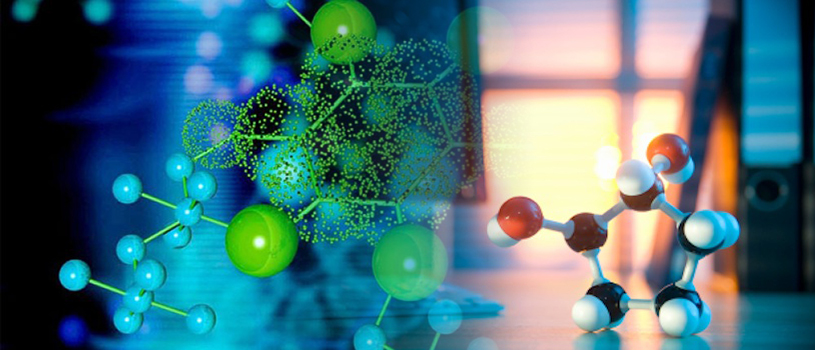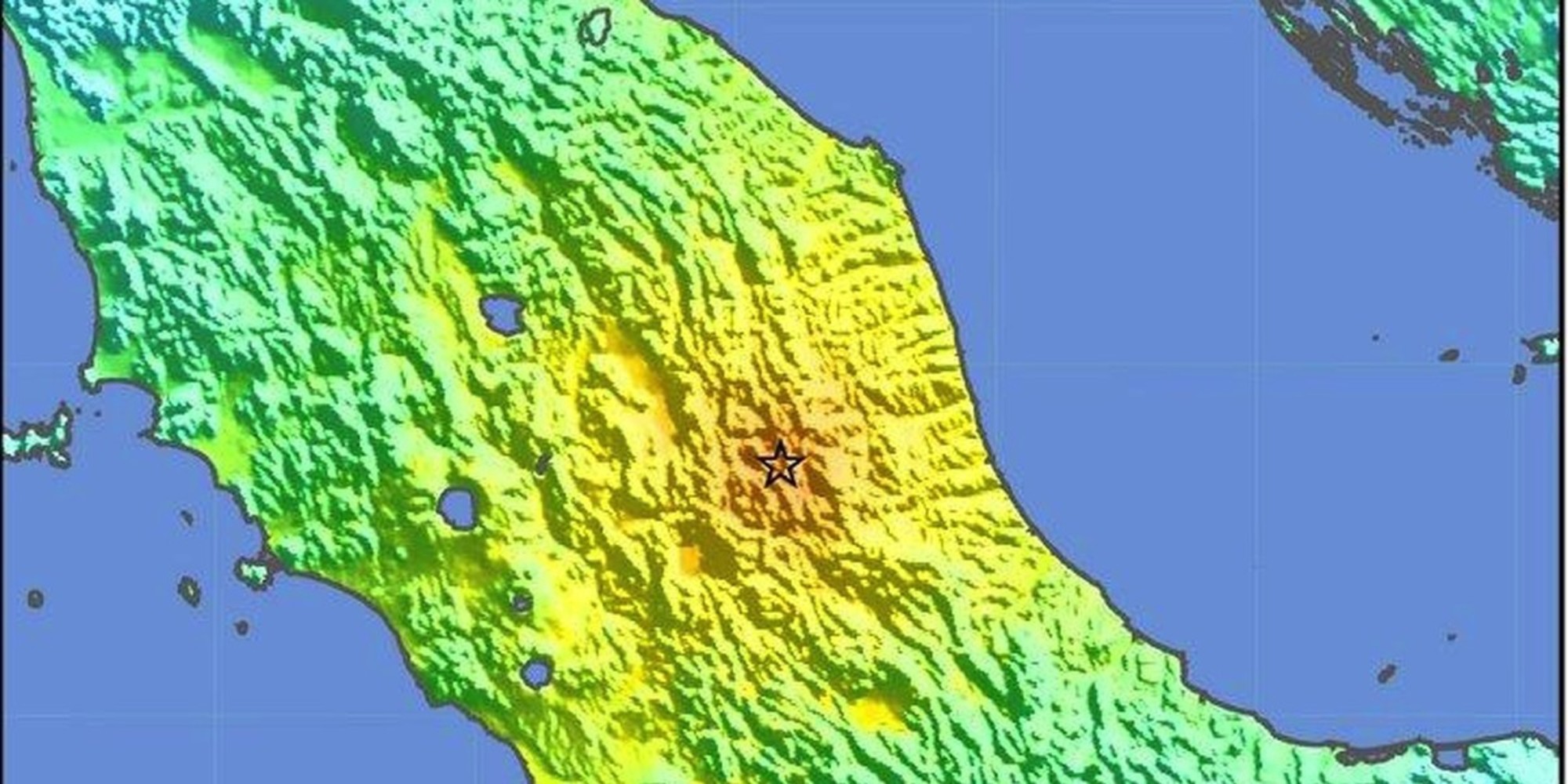
Berkeley Lab researchers are using the science of the very small to help solve big challenges. Here are five projects, now underway which promise big results from the smallest of building blocks.

A team of researchers has recently made a critical breakthrough in the pursuit of flexible electronics. The team successfully developed a high-performance magnetic memory embedded on flexible plastic material.

New law requires the US economic powerhouse to cut its emissions by 40% below 1990 levels by 2030

The astronauts who will one day be the first to walk on Mars are likely middle school students today. A virtual reality tour of Mars is done on a retrofitted school bus outside the Denver Museum of Nature, USA

Even after being stretched, twisted, and bent at extreme angles, the structures sprang back to their original forms within seconds of being heated to a certain temperature “sweet spot.”

The Block Island Offshore Wind Project has just finished construction, and is on track to meet its November opening schedule. The wind farm will provide electricity to 17,000 homes.

Dragonfly 44, as it has been named, is roughly the same size as our Milky Way but with far fewer stars. Rather, the galaxy appears to be composed largely of dark matter, which does not emit light or interact with electromagnetic radiation.

The gleaming sphere is capable of producing up to half-a-million gallons of fresh water each year.

New stars are formed in the undulating clouds of M8, also commonly referred to as the Lagoon Nebula, situated some 5,000 light years from our planet.

Scientists believe they've found a way to convert all these emissions into energy-rich fuel in a carbon-neutral cycle that uses a very abundant natural resource: silicon.

The region where the earthquake struck is geologically active. The shaking was caused by movement in the Tyrrhenian Basin, a seismically active area beneath the Mediterranean Sea. Here, the ground is actually spreading apart,

A team of researchers has demonstrated the first autonomous, untethered, entirely soft robot. This small, 3-D-printed robot - nicknamed the octobot - pave the way for a new generation of completely soft, autonomous machines.

A prototype part of the software system to manage data from the Square Kilometre Array (SKA) telescope has run on the world’s second-fastest supercomputer in China.

A new planet that bears striking similarities to our own planet prompts remarkable inroad into the study of space. This also brings a new area to search for the possibility of extraterrestrial life.
The inventor of the World Wide Web, Sir Tim Berners-Lee, marks the 25th anniversary of his invention, saying that the web gives people "power". He called on the world to take a stand against surveillance on the web - and suggested that its independence should be treated as a human rights issue.